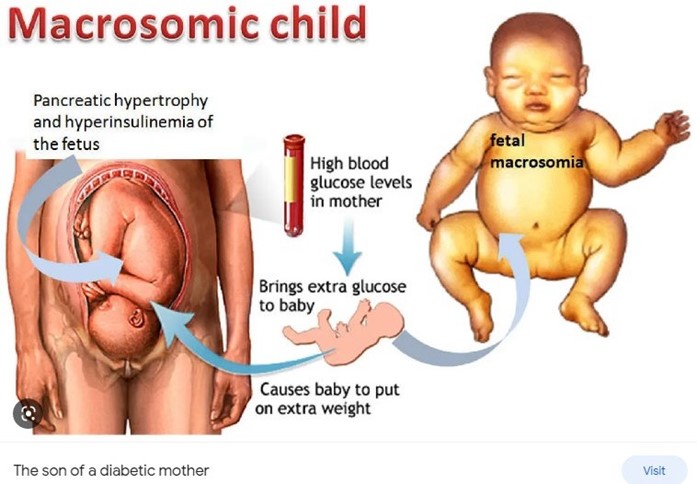The practical nurse (PN) is assisting with collecting health information at a health fair for high school students.
Which information is most important for the PN to obtain?
Weight and height.
Immunization history.
Visual acuity.
Sexual activity.
The Correct Answer is B
The most important information for the PN to obtain at a health fair for high school students is their immunization history. This information is crucial for ensuring that the students are up-to-date on their vaccinations and protected against preventable diseases.
Option A, obtaining weight and height, is important for assessing overall health and growth but is not the most important information to obtain in this situation.
Option C, checking visual acuity, is also important but not the most crucial information to obtain.
Option D, asking about sexual activity, can provide useful information about the student's sexual health but is not the most important information to obtain in this situation.
Nursing Test Bank
Naxlex Comprehensive Predictor Exams
Related Questions
Correct Answer is D
Explanation
Gestational diabetes mellitus (GDM) is a type of diabetes that occurs during pregnancy. If euglycemia, or normal blood glucose levels, is not maintained during pregnancy, the fetus can be at risk for a number of complications. The greatest risk to the fetus in this situation is the development of a macrosomic newborn, or a newborn that is significantly larger than average. This occurs because the excess glucose in the mother's bloodstream is passed on to the fetus, leading to excessive fetal growth.
Macrosomia can lead to complications during delivery, such as shoulder dystocia, and can increase the risk of injury to both the mother and the baby. While low birth weight and preterm birth are also potential complications of GDM, macrosomia is considered the greatest risk to the fetus if euglycemia is not maintained. Cleft palate is not typically associated with GDM.

Correct Answer is A
Explanation
The fact that the patient is being treated for depression and is currently taking an antidepressant medication suggests that his loss of interest in sexual intimacy may be related to his medication. Certain antidepressants can cause sexual dysfunction, including decreased libido.
Therefore, obtaining a list of medications currently being taken (A) is the most important information for the PN to obtain. While marital discord (B), frequency of sexual activity (C), and alcohol consumption (D) may be relevant information, they are not as directly related to the patient's current complaint as his medication use.
Whether you are a student looking to ace your exams or a practicing nurse seeking to enhance your expertise , our nursing education contents will empower you with the confidence and competence to make a difference in the lives of patients and become a respected leader in the healthcare field.
Visit Naxlex, invest in your future and unlock endless possibilities with our unparalleled nursing education contents today
Report Wrong Answer on the Current Question
Do you disagree with the answer? If yes, what is your expected answer? Explain.
Kindly be descriptive with the issue you are facing.
